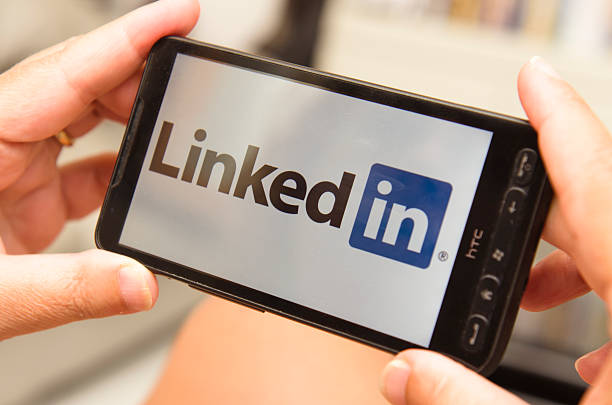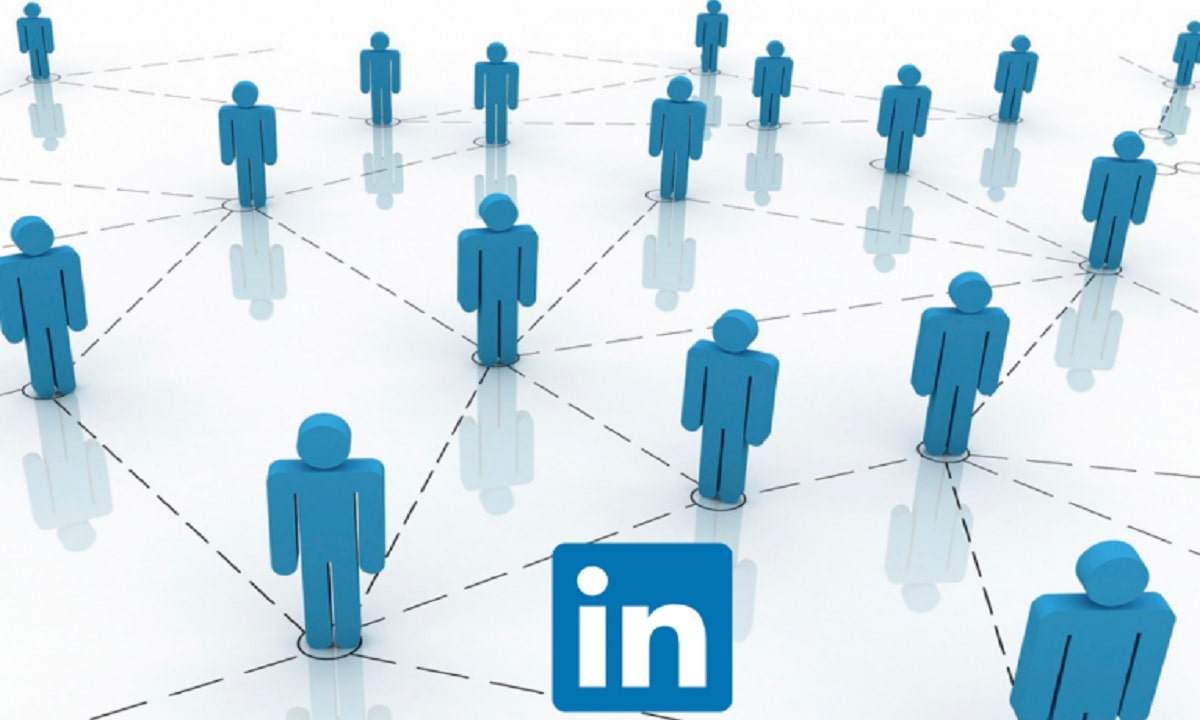Building Your Network with LinkedIn: Proven Tips and Tricks
Are you just starting to get into LinkedIn? Do you keep mistaking it for other social media platforms like Facebook? Well, you aren’t alone. Hundreds of people make the same mistakes as you.
But you are on the right track since you want to learn how to be more professional on THE social platform for professionals. You are correct to assume that LinkedIn isn’t like other social platforms such as Facebook, Instagram, and X/Twitter.
This platform was built to connect professional people with other professionals so that they can advance their goals and careers. Therefore, you won’t be able to connect with others like you do on Facebook or Instagram.
People use LinkedIn to network with others, and that’s different from friending or connecting with others. If you want to network like professionals, then you are in the right place. We will show you all the ins and outs of networking for future gains.
So, let’s not waste any more time and learn about building your network with LinkedIn!
What Do We Mean By Building Your Network with LinkedIn?
Before you go about building your network with LinkedIn, you need some context. In particular, you need to know what networking is on LinkedIn and how it’s different from making connections on other social platforms.
Networking with LinkedIn means connecting and interacting with professionals in your industry or fields of interest. It involves building relationships, sharing knowledge, and exploring opportunities for career growth or business development.
On LinkedIn, networking differs from other social platforms because it focuses solely on professional connections. While platforms like Facebook or Instagram are more casual and used for personal socializing, LinkedIn is designed for professional networking. People use LinkedIn to showcase their skills and experiences, connect with colleagues, mentors, and potential employers, and know the latest industry news and trends.
LinkedIn provides a platform for individuals to highlight their professional achievements, share industry insights, and seek advice from peers. It offers features like personal profiles, company pages, and groups dedicated to specific industries or interests, making it easier for users to find and connect with like-minded professionals.
Unlike other social platforms where the primary focus may be on likes, comments, and shares, LinkedIn emphasizes meaningful interactions and networking opportunities. Users engage with each other by sharing relevant articles, participating in discussions, and offering support and advice.
In summary, networking with LinkedIn is about fostering professional connections, exchanging knowledge, and exploring career or business opportunities within a professional setting. It differs from networking on other social platforms by focusing exclusively on professional relationships and interactions.
Benefits of Building Your Network with LinkedIn

You don’t start building your network with LinkedIn for kicks; no one does. Instead, people do so, and you will too, because you can enjoy some exclusive benefits. Here are some of those benefits:
- Opportunities for Career Advancement: By connecting with professionals in your industry or desired field, you can discover job openings, receive recommendations, and build relationships with potential employers or recruiters. Networking on LinkedIn opens doors to new career opportunities and advancements.
- Access to Industry Insights and Knowledge: LinkedIn provides a platform for professionals to share industry-related articles, updates, and insights. Expanding your network gives you access to valuable knowledge and knowledge about your field’s latest trends, developments, and best practices.
- Professional Development and Learning: Networking with industry experts and thought leaders on LinkedIn allows you to learn from their experiences, expertise, and advice. Engaging with their content, participating in discussions, and seeking mentorship opportunities contribute to your professional growth and development.
- Enhanced Visibility and Credibility: A strong LinkedIn network increases your visibility within your industry or professional community. Engaging with content, sharing insights, and connecting with influential individuals establishes credibility and authority in your field, making you more attractive to potential employers, clients, or collaborators.
- Expanded Business Opportunities: LinkedIn is beneficial for individual career advancement and business growth and development. By building a network of potential clients, partners, and collaborators, you can expand your business reach, generate leads, and foster meaningful connections that contribute to long-term success.
Tips & Tricks on Building Your Network with LinkedIn

Building and Optimizing Your Profile
Your LinkedIn profile serves as your digital resume and first impression to potential connections. Optimizing it ensures that you portray yourself effectively and attract the right audience. Here’s how to do it:
- Profile Picture: Use a clear, professional-looking photo where your face is visible.
- Headline: Craft a compelling headline that summarizes your expertise and value proposition.
- Summary: Write a concise yet engaging summary highlighting your skills, experiences, and career goals.
- Experience: Detail your work history, including job titles, responsibilities, and achievements.
- Skills: List relevant skills to showcase your expertise.
- Education: Put your educational background and any relevant certifications or degrees.
- Keywords: Use keywords related to your industry throughout your profile to improve searchability.
Connect with Friends & Family
Start by connecting with people you already know, such as friends, family members, classmates, and colleagues. These new connections can introduce you to their networks, expanding your reach and potential opportunities.
Link Up with Professionals
Connect with professionals in your industry or desired field. Look for individuals who share similar interests, work in relevant companies, or hold positions you aspire to. Personalize your connection requests to demonstrate a genuine interest in networking.
Join the Appropriate Groups
Join different LinkedIn groups related to your industry, interests, or career goals. Discuss, share insights, and engage with other group members. Groups provide opportunities to network with like-minded professionals and stay updated on industry trends.
Connect With Speakers from Events
After attending industry events, conferences, or webinars, connect with the speakers or panelists on LinkedIn. Personalize your connection request by mentioning the event and expressing appreciation for their insights. Connecting with speakers can lead to valuable networking opportunities and potential mentorship.
Learn to Use LinkedIn Advanced Search Features
Utilize LinkedIn’s advanced search features to find professionals who meet specific factors, such as location, industry, job title, or company. Refine your search results to identify potential connections that align with your networking goals.
Cold Email Potential Connections
When contacting potential connections via email, personalize your message and explain why you’re interested in connecting. Highlight common interests, mutual connections, or shared goals to establish rapport. Keep your email concise, professional, and respectful of the recipient’s time. Here are some steps to craft a compelling cold email:
- Research Your Target: Before sending a cold email, research the recipient’s background, interests, and professional accomplishments. Make your message align with their interests and goals.
- Craft a Personalized Subject Line: Capture the recipient’s attention with a subject line that is concise, relevant, and personalized. Mention a mutual connection, shared interest, or common goal to pique their interest.
- Introduce Yourself: Begin your email with a brief introduction of yourself, including your name, occupation, and reason for reaching out. Be clear and concise in stating your purpose.
- Express Genuine Interest: Demonstrate a genuine interest in the recipient and their work. Compliment them on a recent achievement, article, or project that you found impressive. Personalize your message to show that you have done your research.
- State Your Purpose: Clearly state your email’s purpose and what you hope to achieve by connecting with them. Whether you’re seeking advice, collaboration, or simply looking to expand your network, be upfront about your intentions.
- Highlight Mutual Benefits: Emphasize how connecting with you can benefit the recipient. Whether it’s sharing industry insights, exchanging expertise, or exploring potential opportunities for collaboration, highlight the value you can bring to the relationship.
- Include a Call to Action: End your email with a clear call to action, inviting the recipient to respond or take a specific next step. Whether it’s scheduling a call, meeting for coffee, or exchanging contact information, make it easy for them to engage with you.
- Keep It Simple Professional: Keep your email concise and to the point. Avoid including unnecessary information or overly formal language. Respect the recipient’s time by getting straight to the point.
- Proofread: Before sending the email, proofread it for spelling or grammatical errors. Ensure that your message is clear, professional, and error-free.
- Follow-up: You might still be waiting to receive a response after a reasonable period; send a polite follow-up email to restate your interest and request a response. Persistence can sometimes lead to fruitful connections.
Conclusion
That’s the end. Now, you know all the best tips and tricks on building your network with LinkedIn. Sure, you can do many more things, and different people have different styles and methods. However, our shared steps are all 100% genuine and will give you results.
You will get a good start if you create a proper profile and connect with friends, family, and professionals in your field. Learn about the advanced search features of LinkedIn and use them to cold email other potential connections. At the same time, connect with speakers of events you participate in, which also helps.
Further Reading: Understanding the Impact of LinkedIn Connections
FAQs
Do you need a premium LinkedIn account for effective networking?
While a premium account offers additional features, you can effectively network with a free LinkedIn account by optimizing your profile and engaging with your network strategically.
How often should I post on LinkedIn to maintain visibility?
Posting consistently is key to maintaining visibility on LinkedIn. Aim to share valuable content at least a few times weekly to stay engaged with your network.
Should I accept all connection requests on LinkedIn?
It’s advisable to evaluate each connection request individually. Accept requests from individuals relevant to your industry or interests and those with whom you see potential for meaningful engagement.
What is the best way to contact someone on LinkedIn for networking purposes?
Personalize your connection request or message by mentioning common interests, mutual connections, or specific reasons for wanting to connect. Keep your message concise and professional.
How can I effectively engage with LinkedIn groups to expand my network?
Keep participating in group discussions, share valuable insights, and assist fellow group members. Contributing meaningfully to group conversations can build your network and make you a thought leader in your field.

